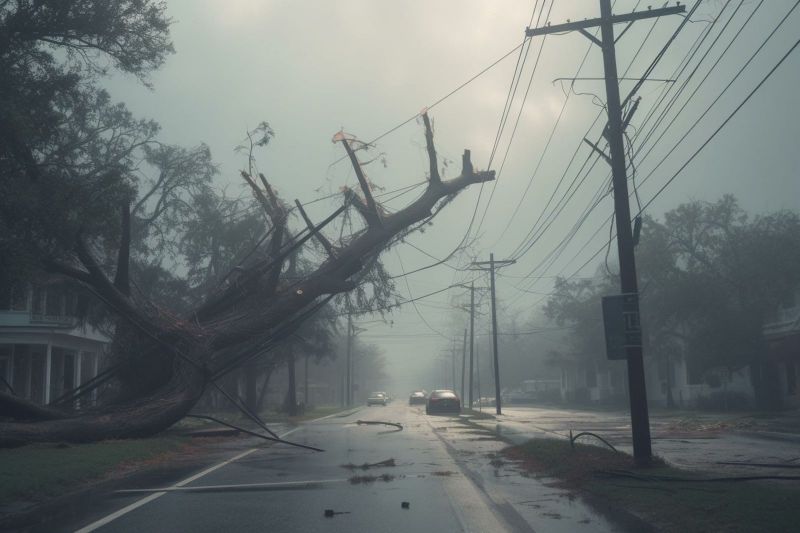Natural disasters, particularly storms, can strike with little warning, leaving a trail of destruction in their wake. Storm damage can be severe, causing structural damage to homes, disrupting essential services, and posing a threat to human safety. However, with proper storm damage preparedness, you can minimize the risks and protect your property and loved ones. In this article, we will explore essential tips to help you weather the storm and be well-prepared when nature unleashes its fury.
- Stay Informed and Be Proactive
Knowledge is your greatest asset when it comes to storm preparedness. Stay informed about local weather forecasts and potential storm warnings. Sign up for emergency alerts through your local authorities and weather services to receive timely information. When a storm is forecasted, take proactive measures to secure your property, such as boarding up windows, securing loose items outside, and moving valuables to higher ground.
- Create a Family Emergency Plan
Developing a family emergency plan is crucial to ensure everyone's safety during a storm. Involve all family members in creating and practicing the plan. Establish meeting points, designate responsibilities, and discuss evacuation routes. Make sure everyone knows where to seek shelter in your home, such as a basement or an interior room on the lowest level.
- Assemble an Emergency Kit
Prepare a well-stocked emergency kit that can sustain your family for at least three days. The kit should include essential supplies such as non-perishable food, bottled water, first aid supplies, flashlight, batteries, personal hygiene items, important documents, and a battery-powered radio. Keep the kit in an easily accessible location.
- Inspect and Maintain Your Property
Regular property maintenance can significantly reduce storm damage risks. Inspect your roof for loose shingles, ensure gutters are clear of debris, and trim tree branches that could potentially fall on your property during a storm. Reinforce doors and windows with storm shutters or impact-resistant glass to protect against high winds and flying debris.
- Secure Outdoor Items
Before a storm hits, secure or bring indoors any outdoor items that could become projectiles in high winds. This includes patio furniture, planters, and toys. Even seemingly lightweight objects can cause significant damage when propelled by strong winds.
- Check Your Insurance Coverage
Review your insurance policies to ensure you have adequate coverage for storm damage. Standard homeowner's insurance may not cover certain types of storm-related damages, such as flooding. Consider purchasing additional coverage for specific risks, such as flood insurance, if you live in a flood-prone area.
- Familiarize Yourself with Evacuation Routes
If you live in an area prone to severe storms or flooding, familiarize yourself with local evacuation routes. Plan multiple evacuation routes in case some roads are blocked or inaccessible during the storm. Follow evacuation orders promptly to ensure your safety and that of your family.
- Invest in a Generator
Power outages are common during storms, and they can last for days or even weeks. Having a backup generator can provide essential electricity for your home, allowing you to keep refrigerated food from spoiling, power essential medical devices, and stay connected with communication devices.
- Communicate with Neighbors and Community
Building a strong sense of community can be invaluable during times of crisis. Share your emergency preparedness plans with neighbors and encourage them to do the same. Pooling resources, information, and support can help everyone in the community weather the storm more effectively.
- Conduct Post-Storm Inspections
After the storm has passed and it's safe to venture outside, conduct a thorough inspection of your property. Check for any damages or hazards, and document them with photographs for insurance claims. Be cautious of any downed power lines or unstable structures, and report them to the appropriate authorities.
Being prepared for storm damage can make a significant difference in how you and your property weather the storm. By staying informed, creating an emergency plan, maintaining your property, and having essential supplies on hand, you can increase your chances of riding out the storm safely and minimizing potential damage. Remember that storm damage preparedness is not a one-time task; it requires regular review and updates to ensure you are ready for whatever nature may throw your way. With a well-thought-out plan and a proactive approach, you can weather the storm with confidence and protect what matters most.

